Regardless of the region that you live in, winter requires special maintenance and care for your riding arena, as well as your horse. Here, we discuss some best practices for both for a safe and healthy winter.
Winter Maintenance for Your Riding Arena
Drainage is the key in winter months for all horse riding arenas.
Recommendations for wet climates:
- It is best to prepare your arena surface by sealing the arena footing with a heavy steel roller. This way, rain water can shift off the surface as well as drain down into the base. Be aware, if you do not have a special, permeable arena base with DrainGrids or arena mats, it will take 1-3 days to dry up.
Recommendations for freezing climates:
- Where there is moisture in freezing climates, there is an increased likelihood of freezing the arena footing. To prepare your arena footing in freezing climates, use your arena drag and go deeper in with the tines than you normally might.
- If you have an underground watering system in place, be sure to clean out the water pipes in preparation for the frost.
Winter Maintenance for Your Horse
Cold Weather Training 101
- While riding, avoid hard, frozen and uneven ground, such as in areas of a riding arena or exercise track that do not get sunlight in the morning, as these can stay hard and be a major risk for injury.
- Do not canter on hard, frozen ground and only do a minimum of prolonged trotting in circles to avoid concussive force injuries to the lower limbs.
- It takes your horse longer to warm up in cold air temperatures, so be sure to spend more time at the walk to loosen ligaments and soft tissues before you start a harder workout. Some boarding and private barns at the East Coast have a horse solarium, which significantly reduces the warm up phase and drying up phase after the work out.
Respiratory Health
- Be wary of the respiratory health of your horse in cold temps at and below 40 degrees F. There are studies that demonstrated that damage occurs to the airways in “healthy” horses during a slow canter breathing air around 40 F, as well as during galloping. In addition, a study from North America showed that the number of Standardbred racehorses with blood in the airways after exercise increased as the air temperature dropped. The best advice is to avoid fast or hard exercise on very cold mornings or days, especially if you have a horse with a history of respiratory problems.
Riding on SNOW
Snow is probably THE most fun and best arena footing during winter months, but keep in mind that the horse needs to pick up their legs twice as much and it can be strenuous. A brisk walk in deep snow and a short trot or canter for short periods is all you want to do. Remember, regular horse shoes do not do well in snow, as the snow packs into snowballs in the hooves and become like high heels. This can be very strenuous for ligaments and tendons. Be sure to go barefoot or use snow pads only when you go on longer trail rides in the snow.
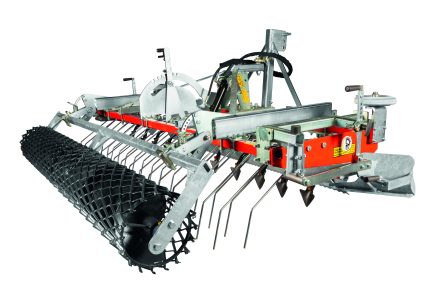
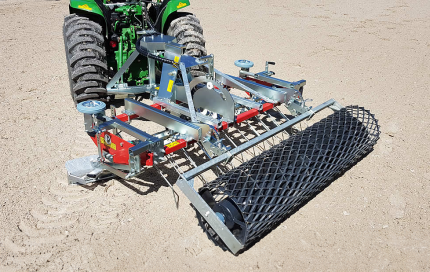
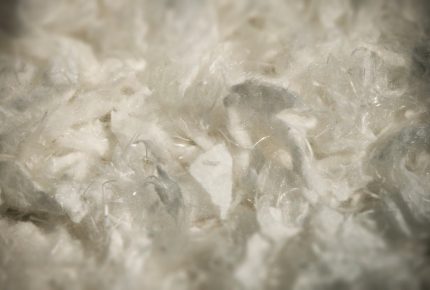
 Geotextile Arena Footing
Geotextile Arena Footing Ground Mats and Grids
Ground Mats and Grids Subsurface Irrigation
Subsurface Irrigation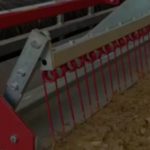 Arena Drags & Groomers
Arena Drags & Groomers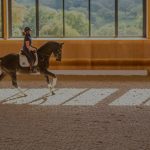 Mirrors and Kickwall
Mirrors and Kickwall Horse Wellness
Horse Wellness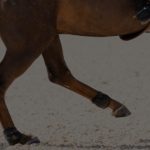 Dust Control
Dust Control